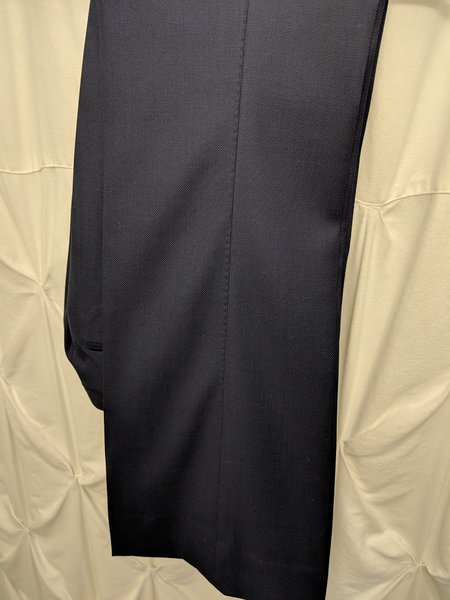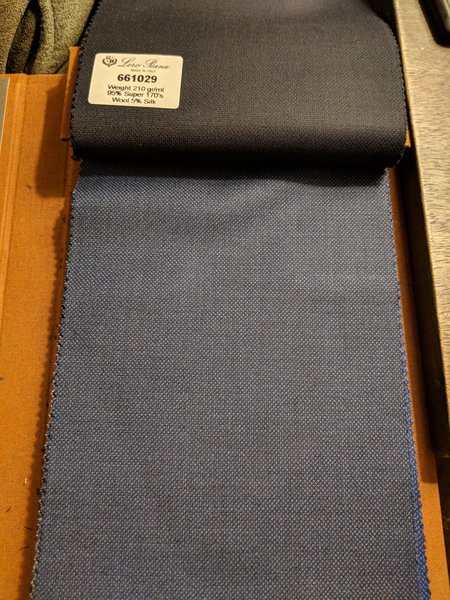bdavro23
Distinguished Member
- Joined
- Mar 11, 2014
- Messages
- 3,699
- Reaction score
- 4,475
Thanks for posting.
curious to hear your thoughts on this:

Ralph Lauren Purple Label Wool/ Cashmere Blazer Black Mens New $5195 | eBay
Find many great new & used options and get the best deals for Ralph Lauren Purple Label Wool/ Cashmere Blazer Black Mens New $5195 at the best online prices at eBay! Free shipping for many products!www.ebay.com
Look at the photos. It looks like they reveal RL’s manufacturing and wholesale costs.
I'm not sure I'm in a position to comment. There is very little relationship between what I do and the Ralph Lauren company. Do you have specific questions?
































